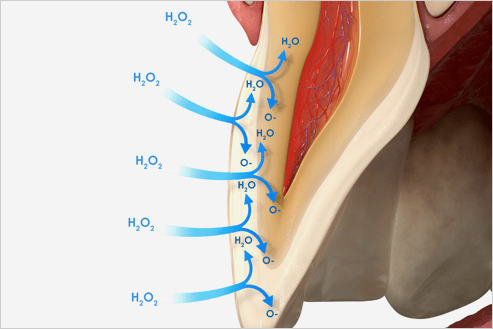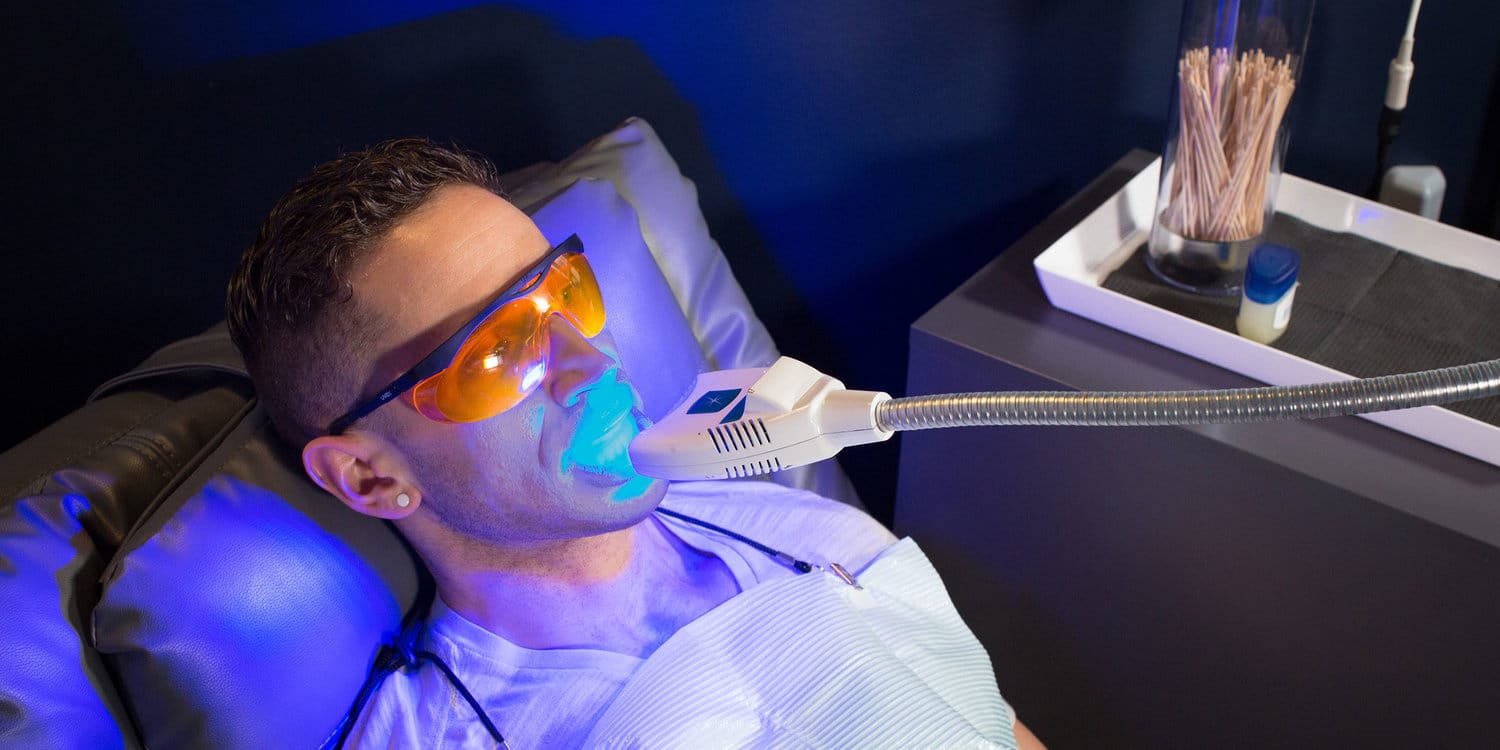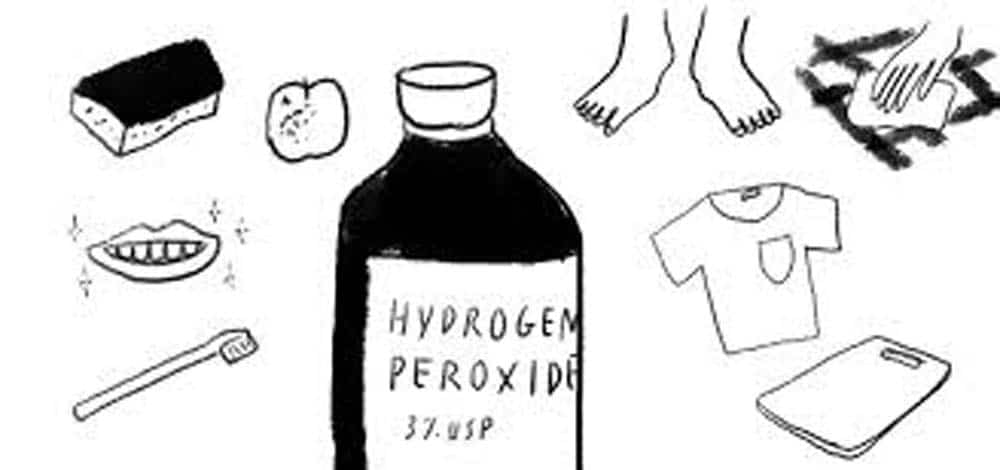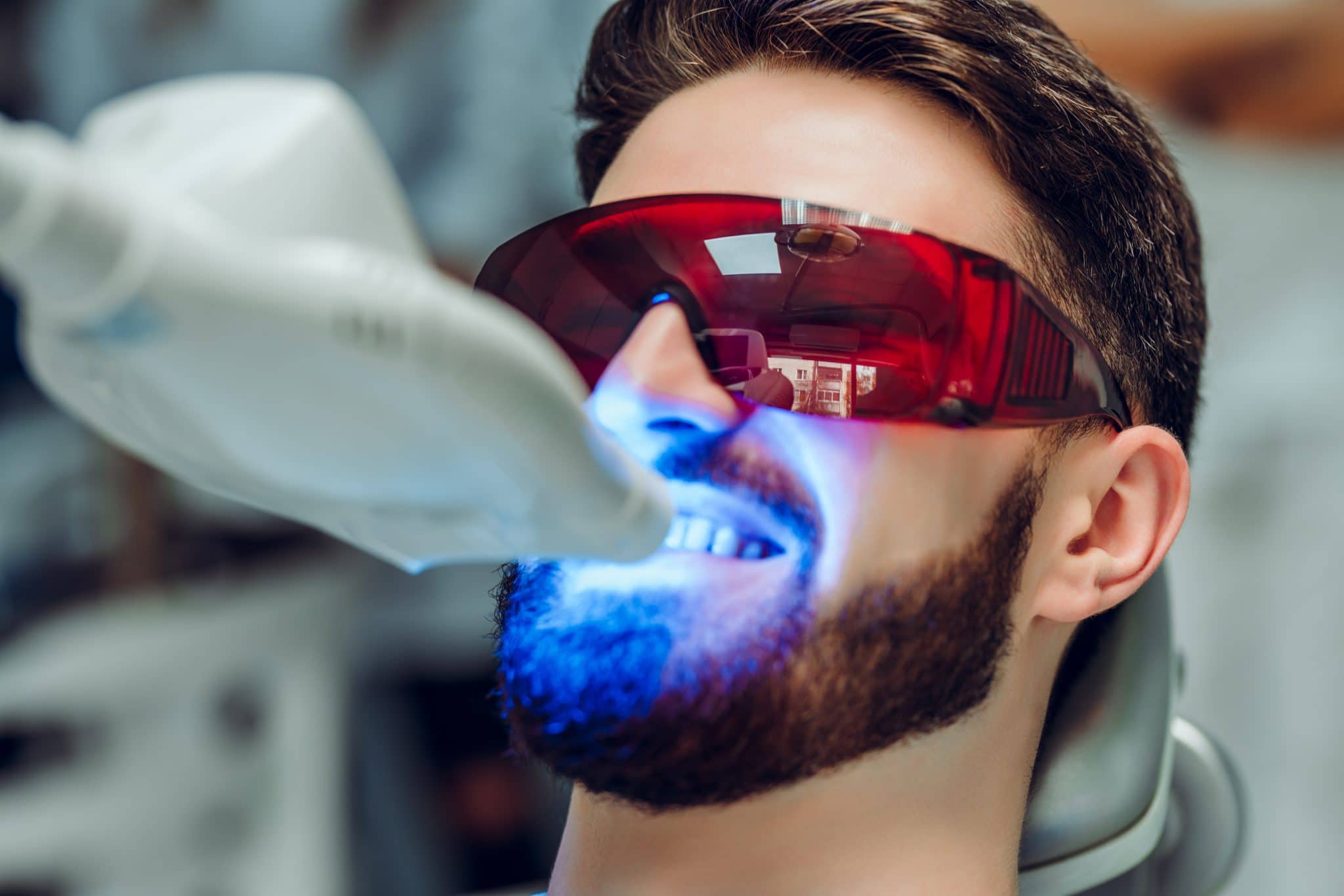The secret is out. People want white teeth. Teeth whitening is the most requested procedure by patients at a cosmetic dentist.
In today’s market there are hundreds of products available for people to whiten their teeth. And it gets even more complicated trying to decide between at-home teeth whitening and at the dental office. With so many products available, it can be difficult to choose the best product for teeth whitening.
But one thing stands out for sure. By far the most misunderstood topic has to do with the teeth whitening light. People wonder, “How does the light whiten my teeth” and “does the UV light improve teeth whitening.” Today we’ll dive in to help you choose the best teeth whitening product and leave the gimmicks on the shelves.
How does the Blue Teeth Whitening Light Work?
Many products both professional and over the counter utilize a blue light as part of their whitening system. The concept is simple in all the options, you put a gel on your teeth and then shine a light on the gel. Seems pretty simple so far, but how does that actually whiten the teeth?
The idea is that the gel you put on your teeth contains the active ingredient of hydrogen peroxide. The hydrogen peroxide whitens the teeth by a reaction which yields two products, oxygen and water. The water is essentially a byproduct. The oxygen radical is able to shuttle into the top layer of the tooth and oxidize out stains similar to how you would oxyclean your laundry or floors. Whether it’s teeth or laundry, the end result is the same: a whiter surface.

Okay, hopefully you’re with me so far. The point is that a reaction has to occur for the tooth gel to whiten the teeth. The blue light used in tooth whitening is believed to increase the rate at which the hydrogen perioxide reaction occurs. The thought is that increasing the reaction equals better teeth whitening. However, does it really?
Is the Blue Teeth Whitening Light More Effective?
Straight and simple, so far the studies don’t agree that teeth whitening with UV light or blue light are more effective than teeth whitening alone.
To quote a 2014 study, “The use of light activator sources with in-office bleaching treatment of vital teeth did not increase the efficacy of bleaching or accelerate the bleaching.”
The reality is that there may be some minor benefits but… don’t hold your breath. If you’re saving up for a whitening product with a light compared to one without a light, it’s not the primary secret to getting whiter teeth.
Most studies show some difference detected by computers, but no visual difference detected by the human eye. For the studies conducted in vivo (in actual patients) most found no added benefit for light-activated systems. The studies attributed any increase in whitening due to dehydration of the teeth that reversed soon after.
In some studies, there is evidence that the light can increase teeth sensitivity after whitening. A 2012 study reported, “a slight increase in both the sensitivity and gingival scores after the LED/gel activated stage.”

So here’s my take on teeth whitening with a blue light.
What it comes down to is that even if the blue light speeds the reaction, eventually the whitening product will reach a point which the reaction ends, with or without the light. That endpoint seems to be about the same either way.
I don’t necessarily advise against using a light for teeth whitening. There is some anecdotal feeling that the LED light reduces the amount of time a gel needs to be in contact with the teeth.
However, and this is a big, consumers should know that teeth whitening with a light is not supported by studies as being significantly effective compared to whitening products without a light.
The two biggest things to remember when selecting a whitening product
Here’s the bottom line secret to deciding on the best teeth whitening product. Shopping for whitening products is very simple. There is only a single active ingredient in all teeth whitening products–Hydrogen peroxide. Its the same agent whether it’s prescription use or over the counter. The higher the percentage of hydrogen peroxide that is applied to the teeth, the more effective the whitening if applied for the same amount of time.

You may also see the primary ingredient listed as carbamide peroxide. It’s ultimately a derivative that converts to hydrogen peroxide in a ratio of 3 to 1. So to compare apples to apples, if you see carbamide peroxide on the label, you have to divide it by three to understand the equivalence in terms of hydrogen peroxide.
The key to understand is that whitening can be effective at any percentage. What differs is the time of contact with the teeth. You can increase the time of contact by one only of two ways. You can either increase the time it’s on the teeth before it washes away, or repeat the contact in multiple uses.
The biggest factor of a whitening product is the hydrogen peroxide percentage, but the second most effective attribute is how well it stays in contact with the teeth.
When a whitening product is applied to the teeth, it needs time for the whitening reaction to occur. The hydrogen peroxide can be delivered to the teeth in a variety of methods. For example, in a gel, liquid, powder, strips, or in-trays.
Because the product must be in stable contact with the tooth for at least 15 minutes, that is why whitening rinses, powders, and toothpastes are less effective. It is difficult to keep them in contact with the teeth for a sufficient amount of time.
If you’re shopping for an at-home teeth whitening product, choose a product that has a gel that is doesn’t easily wash away with the saliva. A product that has a thicker consistency or has a delivery method like strips or trays is usually more effective.
That’s what makes the biggest difference. The teeth whitening light, although not necessarily harmful, is not a major factor in the ability to whiten teeth successfully.
Which teeth whitening products are best to avoid sensitivity
Here’s the deal with developing sensitive teeth from teeth whitening: some temporary sensitivity is pretty much par for the course. It is to be expected. However, there is a way to minimize the amount of sensitivity. A high percentage of hydrogen peroxide typically is only kept on the teeth for 20 minutes maximum, while a lower percentage can be worn for 6 hours overnight. Much of the selection comes down to personal preference. If you have a tendency to develop tooth sensitivity or if you want to minimize the risks of irritating your gums, that’s when you’d select a lower concentration.
Teeth whitening gel concentration is like driving 55mph on the highway versus 100mph. Either way you’ll get to the destination. However, there’s more room for error at lower speeds. A teeth whitening product with a lower concentration of hydrogen peroxide is more controllable. If you are developing sensitivity you will be able to catch it before it’s more severe.
The Bottom Line
The reality is that there is some anecdotal evidence that a teeth whitening light might provide some benefit to teeth whitening kits, however, the peer-reviewed research is inconclusive. Although teeth whitening lights are not dangerous per se, they may not have a significant value in the efficacy of teeth whitening products.


